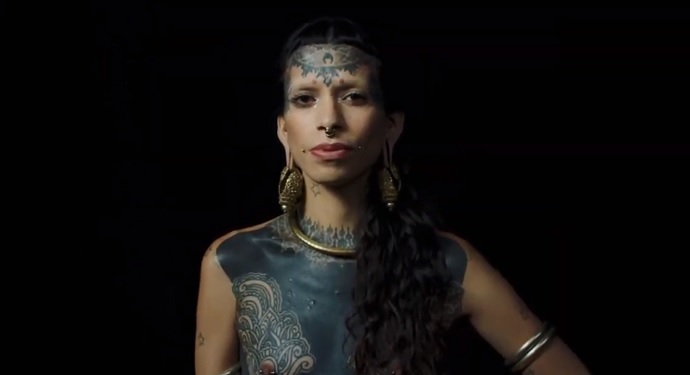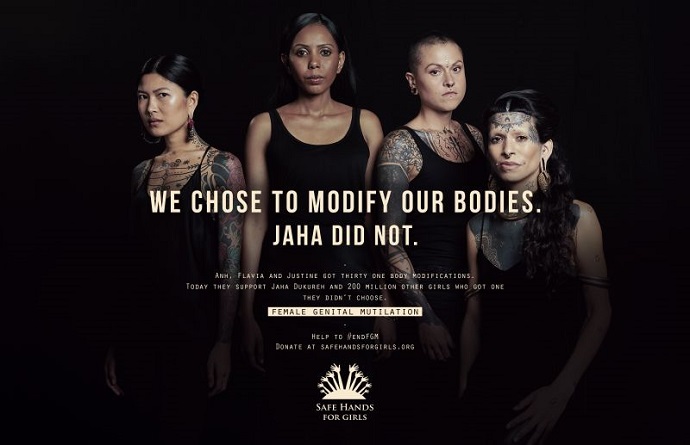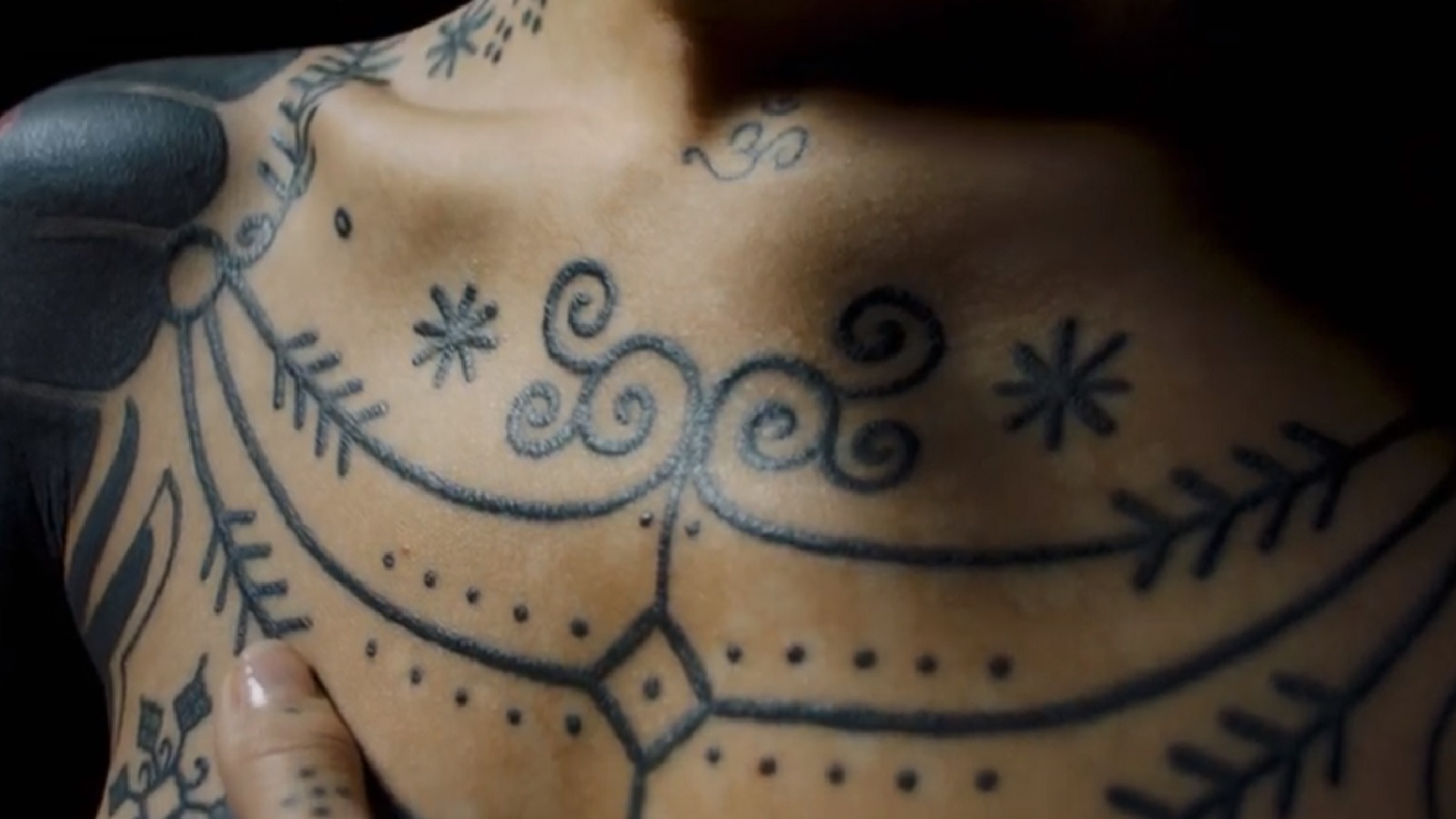Remember Otzi, the Iceman, the man of superlatives? You don’t? Then let us enlighten you: Otzi lived between 3400 and 3100 BCE and was discovered in the Ötztal Alps in September 1991. The fact that he wasn’t the subject of burial made him be preserved perfectly in a glacier. But the Iceman wasn’t the only intact thing that was discovered: His tools were all in good condition. And you know what else was undamaged? His 61 tattoos. While Otzi may be the first man to have worn tattoos, there is evidence that shows that painting your body was cool throughout history.
Over the last few decades, both tattoos and piercings have become an increasingly popular staple of mainstream fashion and style. They also speak about one’s personality. These illustrations and piercings we choose to embellish our bodies with make us feel good. Now, read that again, but slowly. Yes, they are something we choose for ourselves. No one forces us to pierce our eyebrows, cut our tongue in half, or tattoo our hand. So, if you think about it, they are some form of self-mutilation, but ones that we are willing to undertake in order to achieve beauty.

Sure, having tattoos can be cool, but have you ever thought of female circumcision? Well, why would you, when it is a procedure that hurts so bad and brings no health benefits to you. So, you skip this practice. You have this option, to say no to this technique. Yet, more than 200 million girls and women alive today, who have been cut, didn’t have this choice. They had to simply obey other people’s rules.
This phenomenon is known as female genital mutilation (FGM), a harmful traditional practice that involves the cutting or removal of the external genitals on ladies. Although it is typically found in traditional groups or communities from cultures with patriarchal social structures, in Sub-Saharan Africa or Asia, the intervention affects diaspora communities in the UK, US, Europe, Canada, Australia, and New Zealand too.
There are plenty of initiatives done to eradicate FGM, one of which we will mention today: Safe Hands for Girls (SHfG), a women-led organization dedicated to helping women and girls that have gone through FGM or are at risk of going. The NGO was founded in 2013 by Jaha Dukureh, a young Gambian woman, who joined hands with creative agency McCann Paris to launch a global awareness-raising campaign. The project is available under the hashtag #EndFGM and was contoured to decrease such acts.

As a victim herself, Dukureh said: “This campaign deals with a choice. As an adult woman, I can make a conscious decision to pierce my body. But with FGM, there is mostly no choice. It happens to helpless babies or people that can’t defend themselves. I speak for all these women.”
“Safe Hands for Girls focuses on educating young people, working with religious leaders, having programs in hospitals and schools, and mobilizing youth to make sure that we end FGM in our generation. Because women should be allowed to make a choice when it comes to their bodies and no one should be able to do something to a person’s body without their consent,” she continues.
Keep in mind that FGM and male circumcision are totally different. While male circumcision is considered to be a minor intervention (and even has health benefits), FGM is barbaric and tortures the victim because anesthetics and antiseptics are generally not used. Not to mention that such a procedure can lead to the victim’s death.
Help us spread the word and share the story on your timeline. Only when we work together, we can defeat #FGM!
Credits:
Client: Safe Hands for Girls (SHfG)
Agency: McCann Paris
